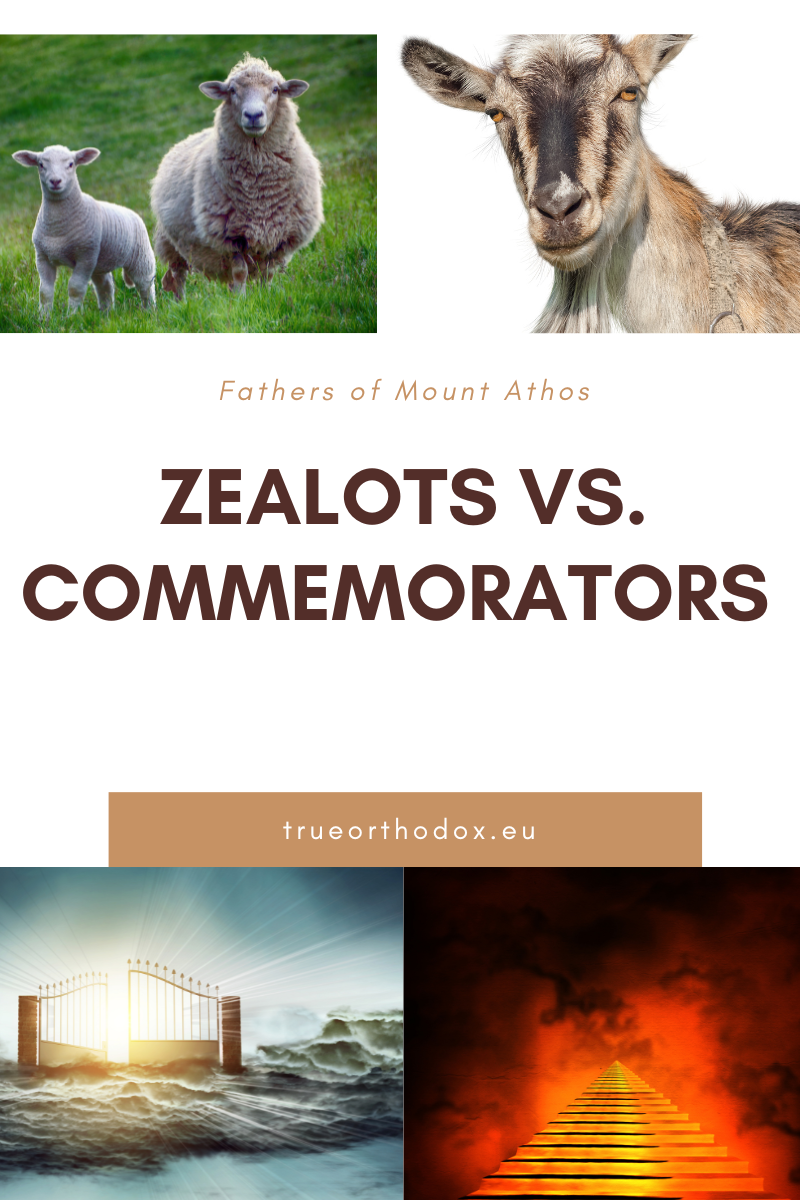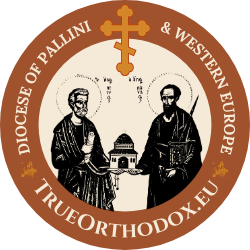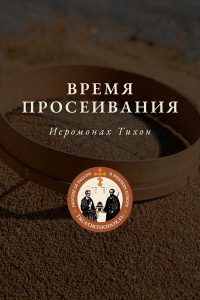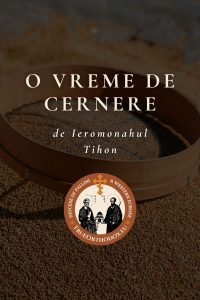Mount Athos and the Calendar Change of 1924: Commemorators and Zealots

The Calendar Change in Greece, rooted in the 1920 Encyclical of the Patriarchate of Constantinople, which suggested closer ties and even a kind of “league” among so-called “Christian” confessions (Orthodox, Protestant, Papist), the calendar change was one of the first concrete steps toward a broader ecumenical agenda.
The Encyclical advocated for reforms to make Orthodoxy “closer” to the West, including suggestions like a common date for Pascha (Easter) and even a common calendar. Just a few years later in 1924, the Greek Church, under the jurisdiction of the Ecumenical Patriarchate, replaced the traditional Julian Calendar with the so-called “Revised Julian Calendar,” aligning the fixed feast days with the civil calendar used in the West.
This change immediately caused turmoil and alsoon the Holy Mountain of Mount Athos, the ancient bastion of Orthodox monasticism.
The Division: Commemorators vs. Zealots
When the calendar was changed, the Holy Community of Mount Athos (the administrative council of the monastic republic) officially rejected the innovation. Athos insisted that it would continue to keep the Old Calendar (the Julian Calendar) for all feasts and liturgical services.
However, a split occurred regarding commemoration — specifically, whether to continue recognizing (and thus commemorating in the holy services) the Ecumenical Patriarch of Constantinople, who had embraced both the new calendar and the ecumenical movement.
Thus, two broad camps formed:
The Commemorators:
These monastics, while keeping the Old Calendar for services on Mount Athos, continued to commemorate the Patriarch of Constantinople in the Divine Liturgy. Their view was that, although the Patriarch and the Greek hierarchy had erred, they had not yet crossed all the lines into full-blown heresy that would require breaking communion.
The Zealots:
The Zealots, however, held that the adoption of the new calendar — especially under the ecumenistic ideology of the 1920 Encyclical — was not just a mistake but a grave betrayal of the Faith. To commemorate hierarchs who accepted such innovations was, in their view, to share in their sin.
Thus, they ceased commemorating the Patriarch and even ceased recognizing his authority over Athos, setting themselves spiritually apart.
Interesting Personalities Among the Zealots
Several holy and remarkable figures emerged from the Zealot movement on Mount Athos. Here are a few notable examples:
Elder Theodosius of Katounakia (1888–1975)
A great hesychast and ascetic, Elder Theodosius was closely associated with the Old Calendar zealot movement. He was renowned for his strictness in faith, simplicity, and deep prayer life.
Hieromonk Joachim of St. Anna Skete
Elder Kallinikos the Hesychast
The Elder Kallinikos the Hesychast, who was famous for responding against the name-worshippers earlier, remained a zealot as did his hut.
Many of the zealots settled in more isolated sketes (small monastic communities) and cells on Mount Athos, especially in areas like Katounakia, Kapsala, etc. Some eventually left Athos altogether to avoid confrontation and persecution but more so as to help the remaining Orthodox of Greece, founding True Orthodox parishes and monasteries in Greece and abroad.
Today, Mount Athos remains officially under the jurisdiction of the Ecumenical Patriarchate and uses the Old Calendar. The major monasteries (“ruling monasteries”) except for the Monastery of Esphigmenou are commemorators.
However, zealot communities still exist even with the measures the Patriarchate etc. have taken to close them down on Mount Athos. These zealots continue to oppose modernist trends and ecumenical activities.
The 1924 calendar change, born from the ecumenistic vision of the 1920 Encyclical, did more than adjust the dates of feasts — it fractured the unity of Orthodox monasticism on Mount Athos. The distinction between commemorators and zealots continues to remind us that fidelity to the Holy Tradition is not merely about external practices but about deep faithfulness to the unchanging Truth of Christ.
The courage and steadfastness of the zealots, though sometimes marked by human weaknesses and divisions, stands as a witness to their burning love for the purity of the Orthodox Faith — a fire that continues to smolder on the Holy Mountain even today.







